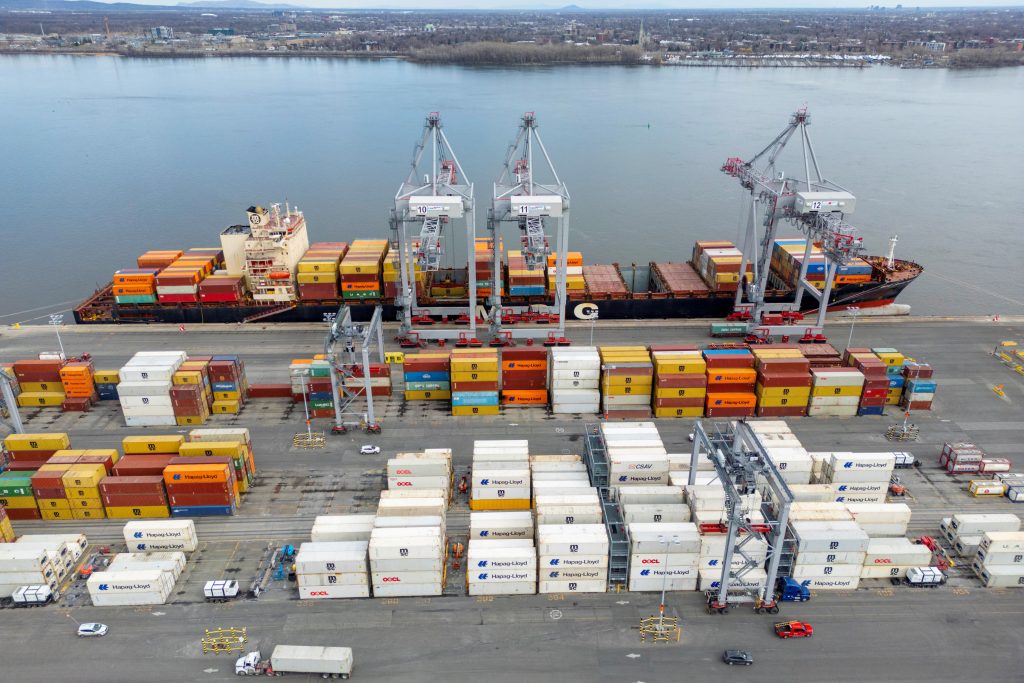In a bold escalation of his trade agenda, U.S. President Donald Trump has announced a 35% tariff on imports from Canada, set to go into effect on August 1, 2025, while signaling that 15% to 20% tariffs will soon be applied to most of America’s remaining trade partners.
In a formal letter addressed to Canadian Prime Minister Mark Carney, Trump warned that the tariff rate may increase further if Canada chooses to retaliate. The move marks a significant hike from the existing 25% tariff, intensifying tensions between the neighboring nations.
Despite ongoing negotiations, Carney responded on social media stating Canada will continue to defend its workers and businesses, while aiming to finalize a new trade and security agreement with the U.S. by July 21.
Trump cited concerns over fentanyl trafficking, alleging Canadian complicity, along with existing tariff and non-tariff trade barriers that allegedly hurt U.S. dairy and agriculture sectors. He linked the U.S. trade deficit with Canada to national economic and security risks. However, Canadian officials stated that fentanyl flow from Canada is negligible and that serious steps have been taken to secure the border.
While Trump confirmed that goods protected under the United States-Mexico-Canada Agreement (USMCA) would remain exempt, other tariffs including a steady 10% rate on energy and fertilizers remain unchanged for now.
The broader global implications are significant. Trump has recently imposed new tariffs on Japan, South Korea, and implemented a 50% duty on copper, signaling a widening trade war. Investors reacted swiftly, with U.S. and European stock markets dipping in Asia on Friday amid anticipation of tariffs against the European Union.
In a televised interview, Trump hinted that blanket tariffs on remaining nations will be introduced soon, without the need for formal notifications. “We’re just setting our tariffs,” he said, noting that final rates whether 15% or 20% would be decided soon.
Other countries are now seeking diplomatic routes to avoid heavy duties. Myanmar’s military government offered to send negotiators to Washington to reduce its 40% tariff, while the Philippines president is set to meet Trump to discuss their 20% trade tariff.
Canada remains the largest buyer of U.S. exports, purchasing $349.4 billion in goods last year, while exporting $412.7 billion to the U.S., according to recent trade data. The economic stakes are high for both nations.
Notably, the Canadian government had recently scrapped a proposed digital services tax targeting U.S. tech firms after Trump abruptly canceled trade talks, calling the tax a “blatant attack” on American interests.
Trump concluded his letter by stating that the tariff levels may be adjusted based on the future of bilateral relations, indicating both risk and room for negotiation.



Comments (0)
No comments yet. Be the first to comment!
Leave a Comment